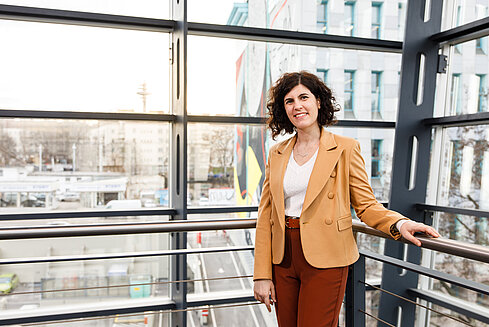2024 Award Finalist Dr. Irma Querques

Irma Querques is a Group Leader and Assistant Professor at the Max Perutz Labs, University of Vienna. She earned her master's degree in biotechnology from the University of Bologna and completed a joint Ph.D. at the University of Heidelberg and EMBL in 2018. During her Ph.D. with Dr. Orsolya Barabas, she developed a novel Sleeping Beauty transposon system for CAR T therapies. In 2019 she joined the laboratory of Prof. Martin Jinek at the University of Zurich as a recipient of a Branco Weiss, FEBS, EMBO and UZH postdoctoral fellowships. There, she has been at the forefront of investigating RNA-guided CRISPR-associated transposons, paving the way for utilizing these systems as programmable gene insertion tools. In 2023, she established her research laboratory, focusing on the mechanisms, functions and applications of transposons, with support from an ERC Starting Grant.
Synopsis of the research:
How do bacteria transfer genetic information using transposons? How to utilize this knowledge to enhance gene transfer technologies?
During my postdoctoral work, we employed an integrative structure-function approach to investigate type V CRISPR-associated transposons (CASTs), renowned for their RNA-guided DNA integration and potential for programmable gene insertion in genome editing. Focusing on the CRISPR-Cas12k complex and the TnsC protein filament, we examined guide RNA organization, DNA targeting, and strategies for RNA minimization.
Building upon these insights, we further delved into the structural mechanisms underlying RNA-mediated DNA insertion in type V CASTs. Our investigations revealed an unprecedented interaction between the CRISPR machinery and the ribosomal protein S15. We identified a novel moonlighting role of S15 in prokaryotic biology, beyond its traditional involvement in ribosome assembly, establishing it as an essential regulatory component of type V CASTs. This discovery had significant implications for genome editing, culminating in the successful reconstitution of these systems in human cells, marking a revolutionary advancement toward next-generation tools for targeted DNA integration.
